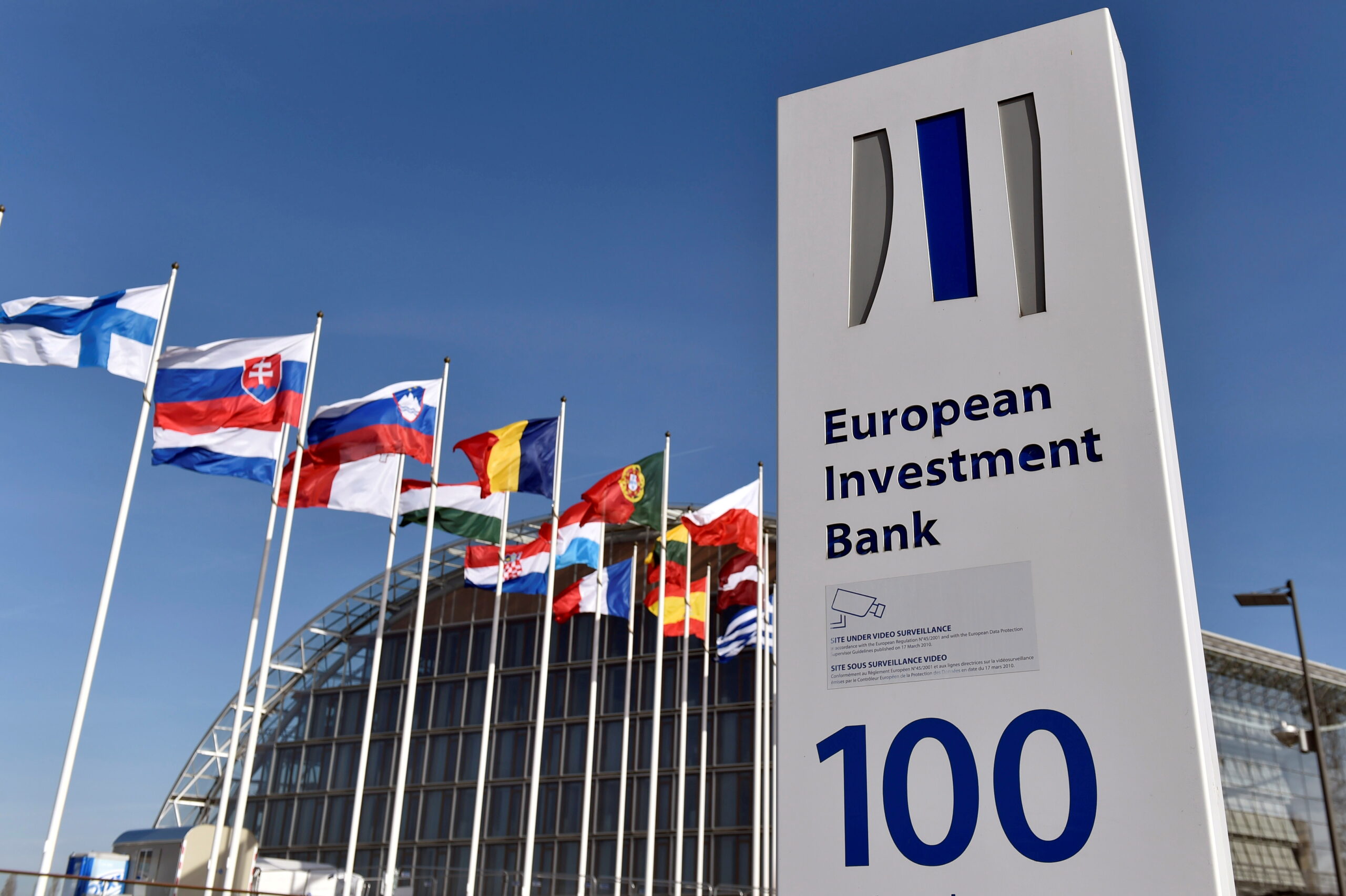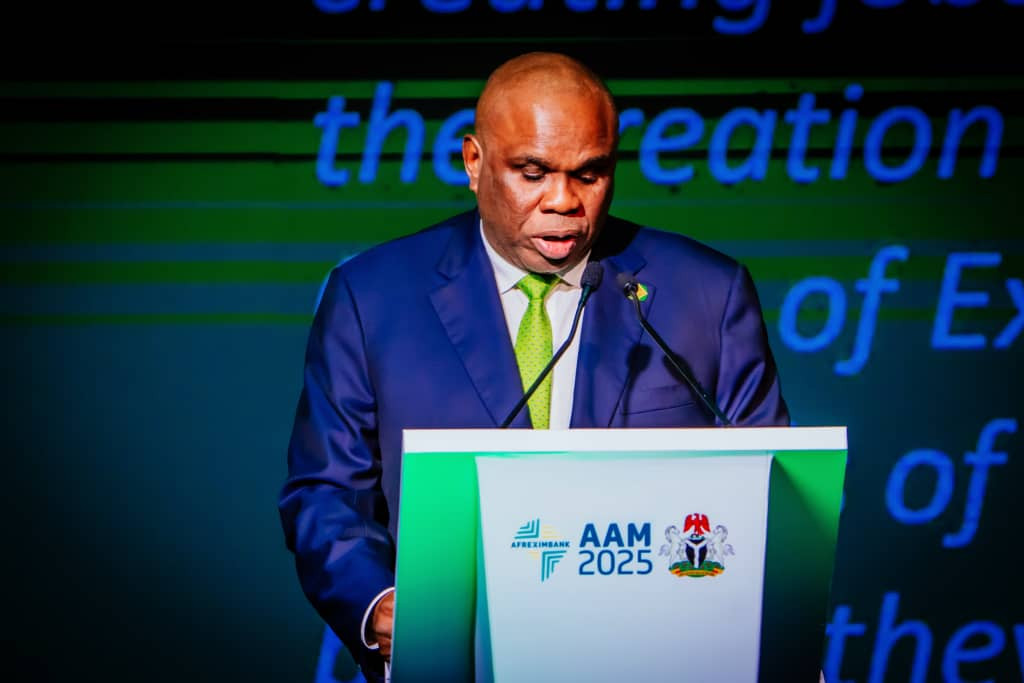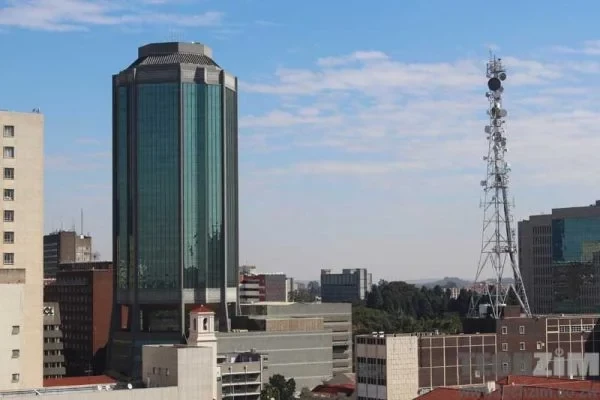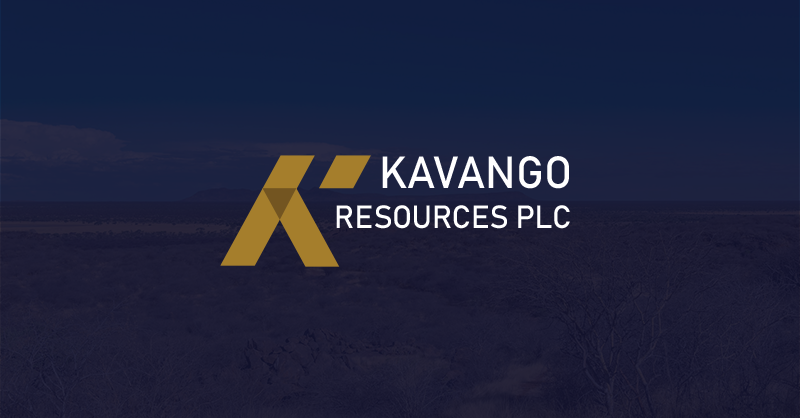
MELODY CHIKONO /TANYARADZWA NHARI THE European Investment Bank (EIB) has exhausted its €40 million (US$48 million) facility for Zimbabwean banks for on-lending to the private sector.
This comes as the uptake of the facility had many takers after the European Union (EU) allowed its bank to roll out the credit lines despite the country’s external debt.
The EU’s surprise decision for the EIB to lend to Zimbabwe was a culmination of six years of protracted deliberations as it was sceptical about lending to Harare.
This week, EIB rolled out a €25 million (US$26 691 677,95) facility to FCB Bank and NMBZ.
In the prior years, EIB had no financial relations with Zimbabwe as it is owed US$361 million, according to the Zimbabwe Public Debt Management Office, as of September 2021.
EIB is only supporting the private sector.
“We are very excited that we have been able to utilise the facility so quickly. We are demand driven and we look at what the market required so we continue to speak to the banks and the market to see what their demands and needs are,” EIB head of regional representation for Southern Africa, Jim Hodges told businessdigest on the side-lines of the unveiling of its two credit lines to FCB Bank and NMB Bank.
“We are trying to position ourselves to help them. We just completed these two transactions so it’s too early to speak on the size of the facility but a lot of it will depend on what the market requires.”
- Chamisa under fire over US$120K donation
- Mavhunga puts DeMbare into Chibuku quarterfinals
- Pension funds bet on Cabora Bassa oilfields
- Councils defy govt fire tender directive
Keep Reading
Hodges said the bank was demand driven.
The facilities come at a time companies are grappling with foreign currency challenges to boost working capital requirements as the Reserve Bank of Zimbabwe (RBZ) forex auction is failing to meet demand.
“We are not imposing any lending on the country, so it’s really the appetite of the banks saying they want to partner us. They have a pipeline, so it’s a two-way dialogue,” Hodges said.
“At the moment we are limited to work with the private sector and our intervention is limited to the banking sector and the large corporations.
“We are in discussion with almost every big bank in the country. We keep the dialogue open. It’s demand driven and we are not here to impose our facility or products on the market. We have to wait for the market to tell us what they want,” Hodges said.
Last year, Hodges indicated that the EU had made the decision to support Zimbabwe despite its indebtedness.
EIB is directly owned by the EU.
Zimbabwe’s external debt was US$13,17 billion as of September 2021, with arrears and interest on the debt accounting for 77%. However, if the undisclosed debt owed to the African Export–Import Bank and China Exim Bank is included, government’s external debt is estimated at around US$20 billion.
As of September 2021, apart from the government owing EIB US$361 million, it also has outstanding obligations to the World Bank (US$1,52 billion), the African Development Bank (AfDB) (US$716 million) and other multilateral creditors (US$64 million).











